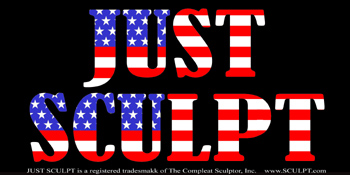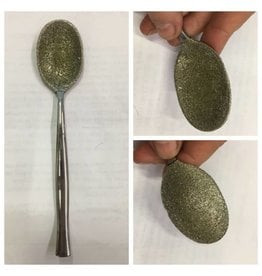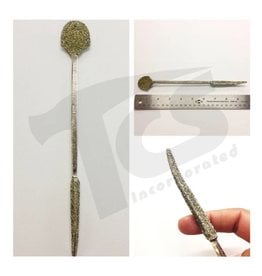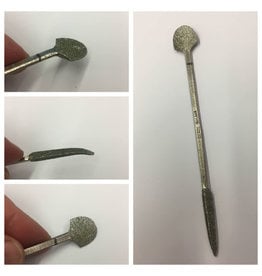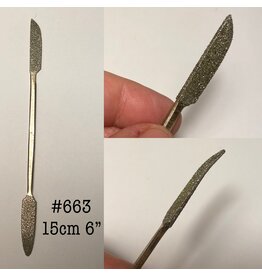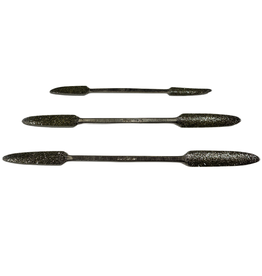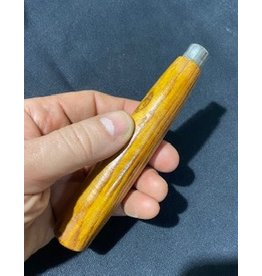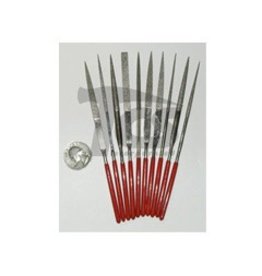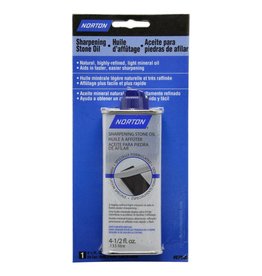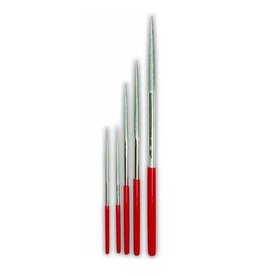Diamond Files are manufactured by electroplating diamond on to steel blanks using nickel. The smaller the particles, the finer the grit of the file. This is why diamond files are referred to in grits rather like sandpaper. The higher the number, the smaller the grit and the finer the finish. For example a 600 grit diamond file will be much finer than a 220 grit.
Why Use a Diamond File instead of a Traditional Steel File?
As you know traditional steel files have teeth rather like a saw blade. The smaller the teeth, the finer the cut of the file, but all these teeth are lined up in the same direction. So this means that with a traditional file it will only cut in one direction like a saw. Even when you have a round or half round file, they still only cut in a forward direction. They don't work sideways or in a circular motion, for example.
In contrast diamond files don't actually have teeth as such, but diamond grit. This gives diamond files the unique property in that they will work in any direction. Advantages of using a diamond file over a steel file. Diamond Files cut in all directions, produce a better finish
The distribution of diamond particles enables the diamond needle file to not only cut in all directions but also produce a much better finish. Therefore diamond needle files can offer a fantastic abrasive for a variety of applications.
Due to the hardness of diamond, diamond files can be used on a variety of materials that other abrasives will not have an impact upon.Diamond files cut in all directions and cut on the push stroke as well as the pull stroke
Diamond Files cut on the pull stroke as well as the push stroke
When you're working in small intricate areas the diamond file will work on the pull stroke just as effectively as it does on the push stroke. So this may make it slightly easier in confined spaces. It also means in theory that it will cut twice as fast as a toothed file of the same grit because it's cutting on the pull as well as on the push stroke.
